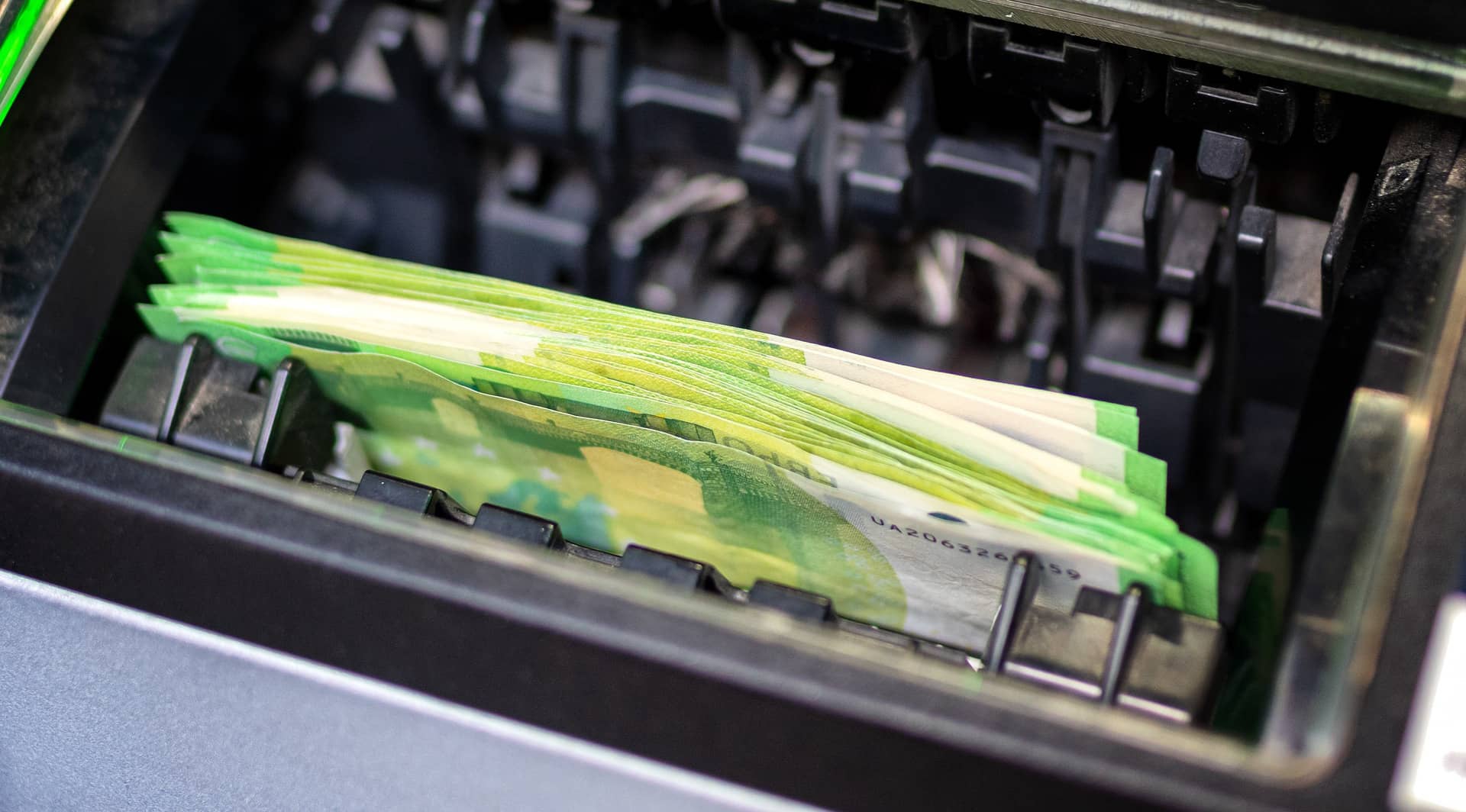Withdrawal Rates

The first step is to understand how much you need to live in the years to come. Figuring out how much money you need to live off isn’t easy, because there are so many unknowns: you have to consider both personal and exogenous aspects, and we talk about them in a dedicated post.
Knowing what safe withdrawal rate you’d like to use in retirement also informs how much you need to save during your working years.
If you want to withdraw more money per year, then clearly, you’ll need to have more money saved.
How do withdrawals work?
The assumption used in most classic retirement studies, and in this website too, is that the withdrawal rate is the percentage (annualized) of the original portfolio the day you retire that you use to pay for annual expenses.
After retirement, the withdrawal is completely independent of your portfolio value and every month you adjust the withdrawal to keep up with inflation (this is how simulations in this website work).
In details:
- At the beginning, you start with a certain amount of money invested in the portfolio (i.e. the initial invested capital).
- Each month, money is withdrawn from the portfolio. The withdrawal rate is calculated based on the initial withdrawn, annualized.
- Each month, portfolio value is updated, based on the asset classes returns (dividends are supposed to be reinvested). When needed, each month, portfolio is rebalanced, to reset to the original weight of the assets.
- Each month, the withdrawal is adjusted for inflation (US Inflation is used for simulation).
Please consider that returns ignore taxes. When you figure your optimal withdrawal rate, you need to consider your tax situation.
For instance:
Your initial invested capital is 100.000$, withdrawal rate (annualized) is 4%. This means that, in the first month, you will withdraw 100.000 * 4% * 1/12 = 333.33$.
The second month, you’ll withdraw 333.33$ plus the proper inflation monthly rate. You’ll continue adjusting your withdraw for inflation, throughout the retirement period.
As you can see, withdrawals proceed regardless of the performance of the portfolio (markets).
The questions are: “When will I run out of money? Will there be enough capital invested, or will the markets crash and I won’t have enough to withdraw?”.
These questions have no answer, because nobody knows the future, but for sure, studying what happened in the past, we can get an idea of which withdrawal rates have been good so far.
The simulations carried out on this site were possible thanks to freely available databases on the net. We have also taken inspiration from other important websites, which have been our guide for the creation of this site. Click on Data Sources and Credits, for further details.
PWR – Perpetual Withdrawal Rate
The Perpetual Withdrawal Rate (PWR) is the withdrawal rate that would have ended with the original inflation-adjusted capital at the end of the worst retirement period of a given duration.
In other words, after all the withdrawals during the retirement period, you would have ended with a capital that corresponds to the original invested capital, inflation adjusted.
If you want to leave money to your heirs, a PWR is ok for you. As alternative strategy, you can also consider a PWR that protects only a portion of the original inflation-adjusted capital.
SWR – Safe Withdrawal Rate
The Safe Withdrawal Rate (SWR) is the withdrawal rate that would have ended with exactly zero dollars at the end of the worst retirement period of a given duration.
If you don’t care about eating away all your invested capital at the end of your retirement, a SWR is ok for you.
You’ve probably read that 4% is statistically a very good SWR. Here you will find that, considering extended data sources (from 1871 in most cases), 4% is actually to be considered unsafe for longer retirement periods. Start from the homepage to get an initial idea.